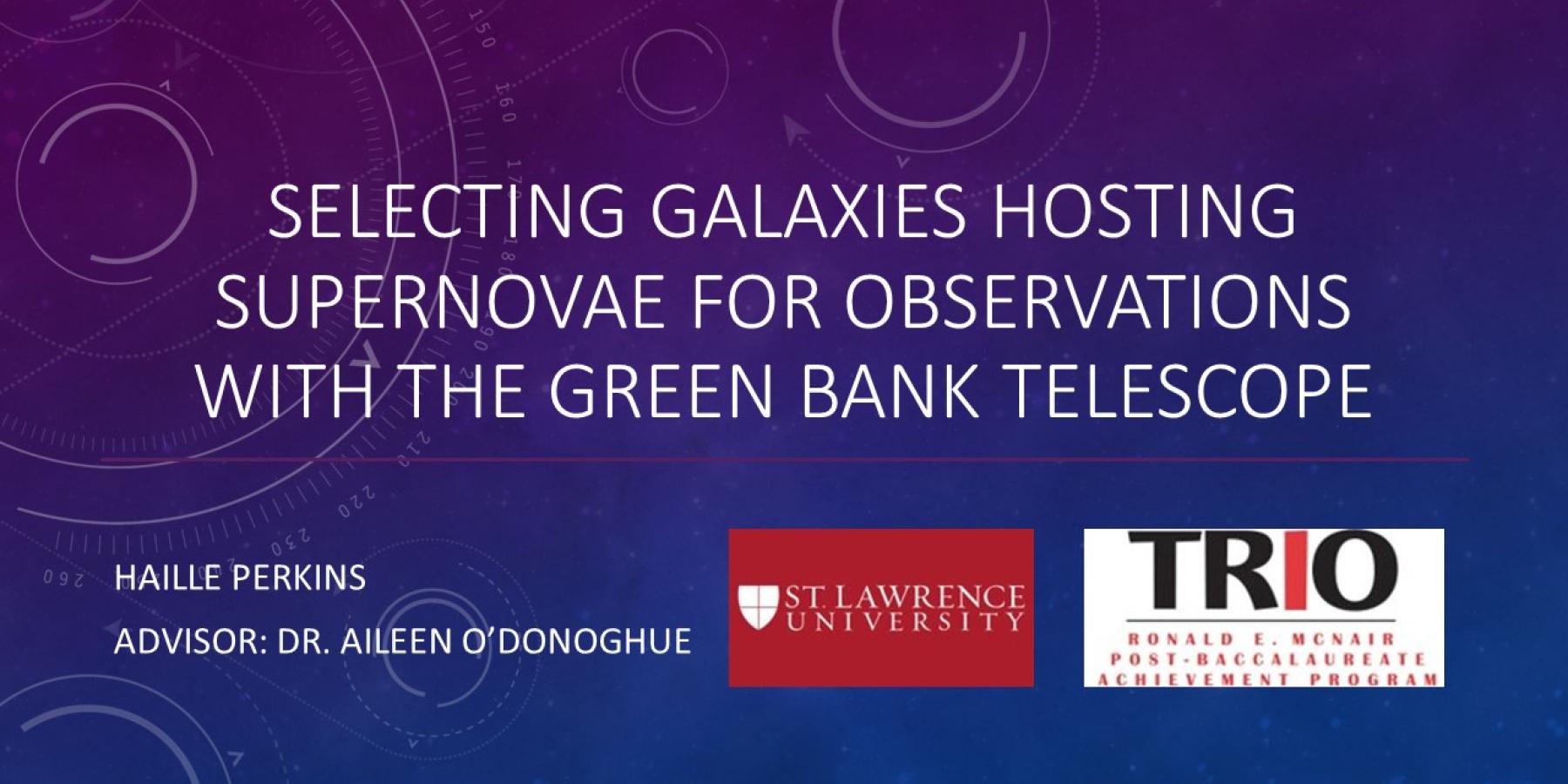
To further our understanding of the evolution of the universe, particularly the distribution of dark matter creating the cosmic web of galaxies and clusters, we need to determine distances to galaxies. The peak luminosities of Type Ia supernovae can be determined from their consistent light curves. Therefore, analysis of Type Ia supernovae within galaxies results in estimates of the distance modulus, a parameter that can be used to determine the distance of a supernova and its host galaxy. This estimate is impacted by the environment of a given supernova. Characterization of hosts thus allows for environmental adjustments to be made to improve the estimate of the distance moduli. In this project, we have determined candidate galaxies for radio observations with the Green Bank Telescope in West Virginia. This was done by crossmatching supernovae from the Democratic Sample of Supernovae (DSS, Stahl et al. 2021) to host galaxies using the Extragalactic Distance Database (EDD, Tulley et al., 2009), Open Supernova Catalog (OSC, Guillochon et al., 2017), NASA/IPAC Extragalactic Database (NED)1, and the Arecibo General Catalog (AGC). Information such as position, luminosity (total energy emitted by the galaxy), and flux (energy collected per unit area on the telescope) were used to construct the presented candidate list. The radio observations will result in the characterization of host galaxies through future analysis of radio emission of neutral hydrogen and data from other observing bands available in digital catalogs of galaxies.

